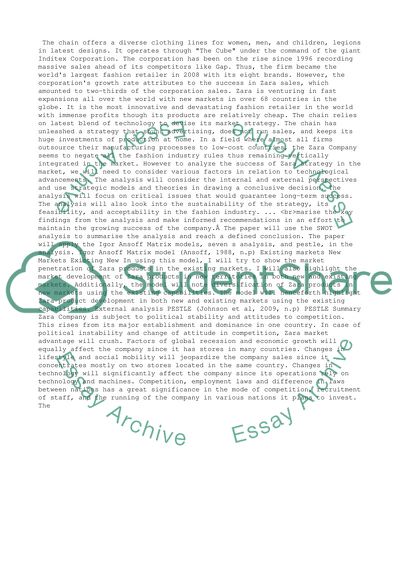Cite this document
(“Zara Strategy Analysis Essay Example | Topics and Well Written Essays - 2500 words”, n.d.)
Retrieved from https://studentshare.org/management/1396610-zara-strategy-analysis
Retrieved from https://studentshare.org/management/1396610-zara-strategy-analysis
(Zara Strategy Analysis Essay Example | Topics and Well Written Essays - 2500 Words)
https://studentshare.org/management/1396610-zara-strategy-analysis.
https://studentshare.org/management/1396610-zara-strategy-analysis.
“Zara Strategy Analysis Essay Example | Topics and Well Written Essays - 2500 Words”, n.d. https://studentshare.org/management/1396610-zara-strategy-analysis.


